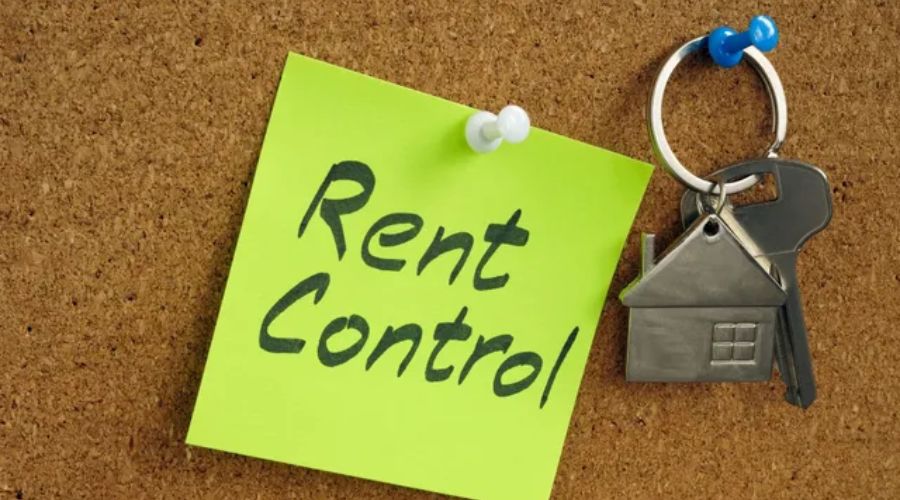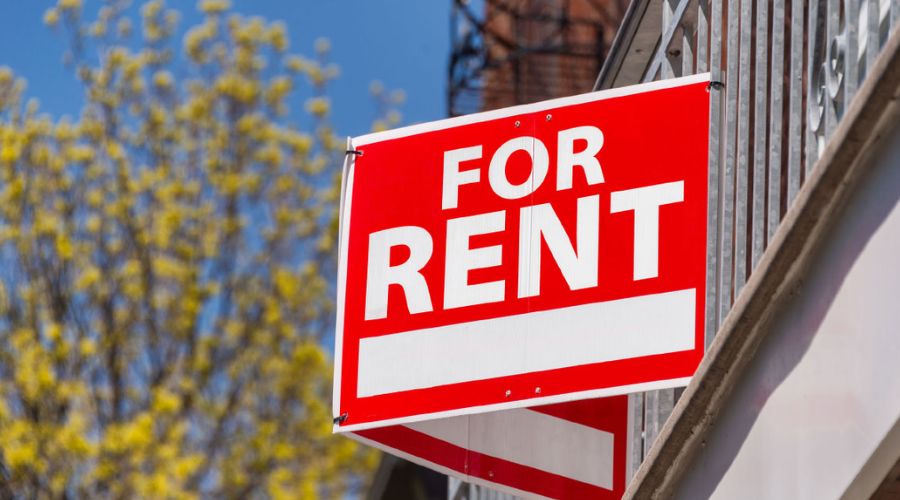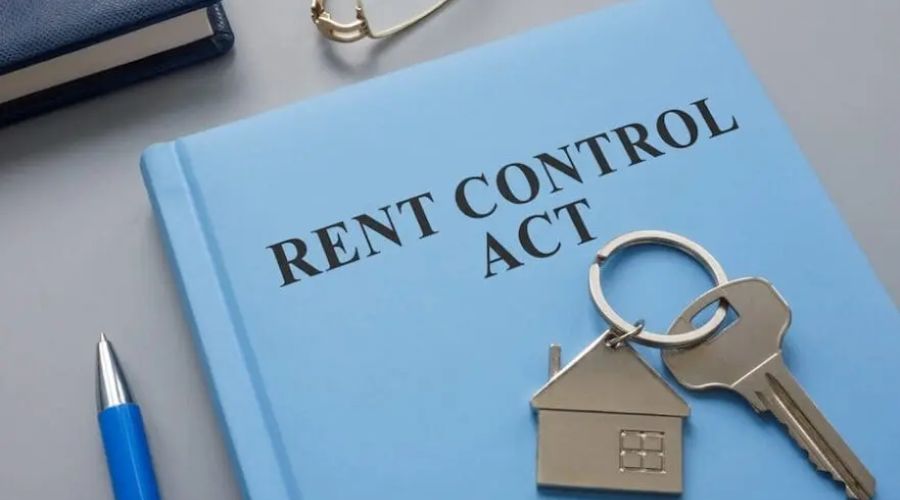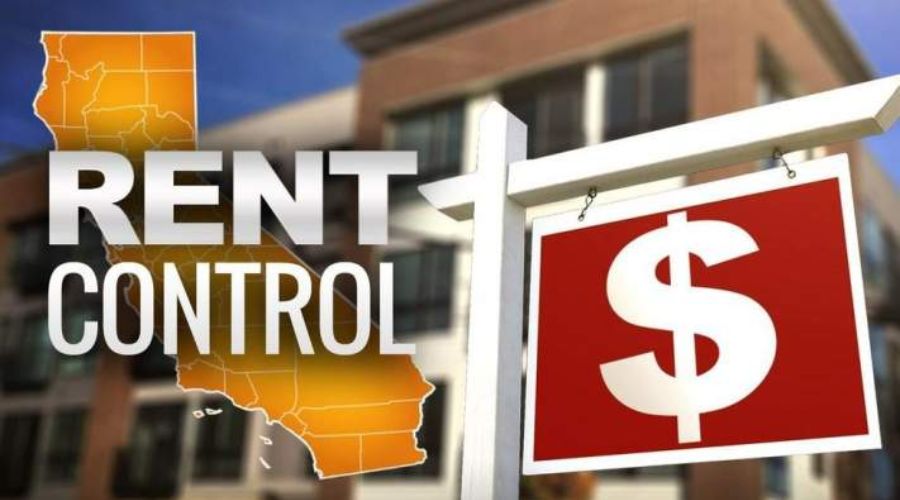New York rent control laws are complex and emerging topics. The state gives counties and cities a choice to join a rent regulation program. This system sets different rent increase laws for those areas and properties. Therefore, both parties must keep updating the new law to avoid legal issues. LeaseRunner’s article will break down the state’s rent increase policies, outline landlord-tenant protections under the law, and provide practical advice for landlords to resolve tenant disputes.
Introduction to New York Rent Control Laws
Unlike other states, New York does not have a state-wide rent control law. Instead, the state has a rent regulation program. The rules operate under the Housing Stability and Tenant Protection Act of 2019 (HSTPA). The Act, managed by the Division of Housing and Community Renewal (DHCR), took effect on June 14, 2019. The rent control laws and rent stabilization laws help tenants avoid landlords’ excessive rent increases and unlawful evictions. This enables municipalities to keep rental affordability for tenants while maintaining landlords’ stable income.
The rent regulation program includes two forms of rent control and rent stabilization:
- Rent control applies to buildings built before February 1, 1947. However, those buildings that include fewer than six units will be under rent stabilization once vacant.
- Rent stabilization covers buildings with six or more units built between February 1, 1947 and December 31, 1973, plus newer properties that get tax incentives.

Where New York Rent Regulation Applies
Rent regulation does not apply as a state-wide law. New York allows counties and cities to decide whether to join the rent regulation program, while New York City (NYC) is subject to all housing regulations. As explained above, the program comes with New York rent control laws and rent stabilization laws. The areas decide which law they would use based on the laws’ qualification, not their preference.
NYC and parts of Nassau and Westchester counties are subject to rent control. It’s because they own apartments built before February 1, 1947, with continuous occupancy.
Meanwhile, many New York counties opt in to rent stabilization besides NYC, such as Nassau, Westchester, and Rockland. It has lately expanded with the participation of Kingston and Poughkeepsie. The municipalities are qualified, once the local governments declare a housing emergency and meet the criteria of the Emergency Tenant Protection Act (ETPA). Simply put, it requires a vacancy rate under 5% and applies to properties with six or more units built before 1974.
In New York, the rent stabilization is more widespread than rent control, as the rent control is restricted to only old properties built before 1947. In some cases, many other areas in the state do not follow the program.
How Rent Increase Rules Work in New York
Rent regulation plays a major role in limiting rent hikes. Calculating rent increases is challenging for landlords and tenants. The formulas vary under rent control and rent stabilization laws for different dwellings and areas. Therefore, both sides have to grasp the local rent increase policies and calculations clearly. This prevents landlords and tenants from having legal disputes in advance of preparing a Lease Agreement or planning renewals.

Rent increase limits in rent-controlled units
For rent-controlled apartments, New York rent control laws impose a limit on the rent amount landlords can charge, following the Maximum Base Rent (MBR) system. The figure is updated every two years to ensure fairness for both landlords and renters.
Before raising rents, landlords have to certify themselves of providing essential services. There are two ways for them to set a legal rent amount.
- Option 1: The landlords can raise rents up to the average amount of the five most recent annual increases. It’s applicable for one-year lease renewals under RGB.
- Option 2: The landlords can increase rents by up to 7.5% per year until the increase amount reaches the MBR.
Rent increase limits in rent-stabilized units
Under rent stabilization laws, the Rent Guidelines Board (RGB) sets the maximum rates for annual rent increases in New York. The figures are different for one-year and two-year leases, and updated once a year.
For 2024–2025, the approved rent increase rates are +2.75% for one-year leases and +5.25% for two-year leases. These rates are subject to variation based on factors such as lease duration and the type of rental unit. For instance, the increase rate for a one-year lease will always be capped at +2.75%, while a two-year lease can see an increase of up to +5.25%.
Outside of standard lease renewals, landlords can increase the rent in the middle of the lease for rent-stabilized apartments. The increase will get approved in one of these 3 conditions:
- The owner must collect the written consent of the tenant in occupancy if they increase services or equipment, or make improvements to an apartment;
- The owner must get DHCR approval if they install a building-wide major capital improvement (MCI); or
- The owner must be in cases of hardship with DHCR approval.
Meanwhile, unregulated residents (known as market-rate) are protected by Good Cause Eviction laws. This was enacted in April 2024 to stop landlords from imposing extreme rent increases based on market rates, as in the past.
- Good Cause Eviction laws are adopted by market-rate areas and the NYC. It’s also open for other counties to opt in.
- These rules set a “ local rent standard”, which is set every year at the rate of inflation plus 5%, with a maximum of 10% total.
Exemptions from New York Rent Regulation
Here are common exemptions from New York rent control laws and rent stabilization laws.
- New construction or rehabilitation: Homes built on or after January 1, 1974, unless tied to tax programs.
- Small buildings: Usually those with fewer than six units in rent-stabilized areas.
- Tax-benefit properties: Covered only during the benefit period.
- Institutional housing: Dorms, hospitals, or nonprofit-owned units.
- Transient use: Hotels and SROs for short stays.
- Primary residence rule: Units not used as a tenant’s main home.
- Co-op/condo conversions: Existing tenants may stay regulated, but new sales are exempt.
In addition to standard exemptions, there are also special considerations where properties might be exempt or partially exempt from rent control or stabilization.
- Affordable housing programs: Units subsidized through federal or state programs may be exempt from rent regulation depending on the program rules.
- Section 8 housing: While generally regulated, certain Section 8 units may have different rent increase guidelines.
- Owner-occupied properties: In some cases, a property where the landlord resides may be excluded from rent control if it is a small building with few tenants.
Rent Increase Requirements for New York Landlords
When the owners plan to raise rents, they must follow the rent increase notification process. They have to send a written notice of rent increases or non-renewals to all tenants within a certain time. The notice must follow rent increase forms, including the new rent amount and the effective date. Breaking these rules can lead the owners to invalid increases, rent rollbacks, treble damages, civil fines, or extended liability under HSTPA.

Notice requirements for rent increases
HSTPA requires landlords to send tenants an advanced written notice if they raise rents by more than 5% (or upon non-renewal). The notice window scales with tenancy length:
- 30 days if you’ve lived in the unit or have a lease for less than 1 year
- 60 days if you’ve lived in the property or have a lease for 1-2 years
- 90 days if you’ve lived in the property or have a lease for 2 years or more.
If the owner fails to send notice on time, you can still stay and pay the current rent until the full notice period has expired.
Penalties for landlords if they break the law
Violating rent control laws in New York can lead to serious consequences:
- Invalid increases: If proper notice isn’t given under §226-c, the higher rent cannot take effect until the full period passes (rent increase guidelines apply).
- Rent rollbacks: DHCR may order rents reduced to the legal level and require refunds for overcharges.
- Treble damages: Willful overcharges can result in penalties up to three times the amount collected.
- Civil penalties: Landlords risk fines or rent reductions if they fail to maintain essential services.
- Extended liability: The Housing Stability and Tenant Protection Act (HSTPA) broadened overcharge lookback periods.
- Legal disputes: In some cases, tenants may raise issues during an eviction check or invoke squatter rights if occupancy status is in question.
Eviction Protections for New York Tenants
In New York, the common legal grounds for eviction include non-payment of rent, illegal subletting, or lease violations. The Rent and Evictions Regulations protect rent-controlled residents, while the Rent Stabilization Code plays that role for rent-stabilized ones against unlawful eviction. Meanwhile, unregulated tenants can use Good Cause Eviction Laws to prevent unfair evictions and unreasonable rent increases.
In non-payment cases, all tenants must receive an eviction notice with a clear reason for eviction, following a specific timeline. Landlords first send a five-day late payment notice, then a 14-day request to pay or leave, before they file for eviction. For other reasons, such as lease violation, the notice period can vary case by case for other reasons, such as lease violation.
Regulated and unregulated tenants have the right and time to raise this defense in DHCR and Housing Court, respectively, if the landlords take you to court.
New protections in case of eviction for all tenants
If you are asked to leave after losing the case, you can show the court evidence of your inability to find any similar houses nearby. They will consider your health conditions and other circumstances, such as your children’s school enrolments in that neighborhood.
The changes establish stronger protections for tenants against retaliatory evictions and increase penalties for landlords who illegally lock tenants out of their homes.
Practical Tips for Landlords to Avoid Tenant Disputes
Staying compliant with rent stabilization and rent control laws in New York protects your cash flow and keeps cases out of court. Use the tips below to align with legal rent increase rules and repairs with agency rules that govern rent-regulated housing and market-rate units in New York.
1. Serve statutory notice
Under New York landlord-tenant laws, a timely written notice is essential for all rent-controlled, rent-stabilized, and non-regulated tenants. For rent-controlled and non-regulated tenants, send the 5-day late-rent reminder (certified mail) and, if unpaid, a 14-day rent demand before any nonpayment case. For rent-stabilized homes, deliver the DHCR RTP-8 renewal offer 90–150 days before lease end in NYC (90–120 days outside NYC).
These timelines are mandatory and tied to enforcement by DHCR and the NYC Rent Guidelines Board. Staying consistent with rent increase notification laws also ensures tenants receive proper warning, reducing grounds for legal disputes.

2. Good cause compliance
New York’s Good Cause Eviction law (effective Apr. 20, 2024) intersects with rent control laws by limiting “unreasonable” increases for covered market-rate units. To comply, landlords must:
- Limit annual increases to the lower of CPI + 5% or 10%.
- Attach a Good Cause notice to initial leases, renewals, non-renewals, and 14-day rent demands.
- Provide notice for rent increases above 5% and for court petitions.
- Track the NYC local rent standard (2025: 8.79%) for accuracy.
- Ensure each eviction check follows both state and city rules.
3. Petition for MCI approval
When major building systems are replaced (roof, boiler, windows), apply to DHCR for a Major Capital Improvement (MCI) increase—do not self-implement. Current rules cap collection to 2% per year and make the MCI increases temporary (removed after 30 years). File complete proofs; untimely collection can waive the increase. Align MCI requests with rent control laws in New York to avoid rollback and penalties.
4. Use mediation services
Before litigating, consider free Community Dispute Resolution Centers (CDRCs). Mediation can resolve access for repairs, payment plans, or renewal terms under New York rent control laws, and often shortens timelines.
NYC 311 and the state-wide CDRC network provide referrals by county. Mediation is especially helpful when facing sensitive issues such as tenant claims over squatter rights, where early negotiation can avoid costly Housing Court battles.
5. Resolve Cases in Housing Court
If notices fail, start a summary proceeding consistent with rent control laws. File a petition and Notice of Petition; you cannot serve papers yourself. Service must give the tenant 10–17 days before the first court date (post-service). In NYC, a nonpayment case requires the prior 14-day rent demand itemizing months and amounts due.
Conclusion
Navigating rent stabilization and rent control laws in New York can be tough, but knowing the rules helps both landlords and tenants avoid costly mistakes. Landlords can protect income by following the legal notice for rent increase and filing the right forms. Tenants gain peace of mind knowing their rights are secure. Staying informed not only prevents disputes but also supports a fair rental market across New York State.
FAQs
1. Does New York have rent control laws?
Yes. New York has some of the oldest rent control laws in the United States. Rent control applies to apartments built before 1947 and continuously occupied by the same family since July 1, 1971. Once a rent-controlled tenant leaves, the unit typically converts to rent stabilization if the building has six or more apartments. These laws are designed to keep housing affordable, while still allowing landlords limited rent increases set by the state.
2. How much can a landlord legally raise rent in NY?
It depends on whether the unit is rent-controlled, rent-stabilized, or market-rate. Under rent control, landlords may only raise rent by up to 7.5% every two years, capped by the Maximum Base Rent set by the Division of Housing and Community Renewal (DHCR).
For rent-stabilized apartments, annual increases are set by the NYC Rent Guidelines Board, typically ranging between 0% and 4.5%. Market-rate apartments, however, have no statutory rent increase limits.
3. What is the 3 times rent law in NYC?
The “3 times rent law” is not part of New York rent control statutes but refers to a common landlord practice in New York City. Many landlords require tenants to show an annual income of at least 40 times the monthly rent, which is roughly equivalent to 3 times the monthly rent on a yearly basis. While not a legal mandate, this screening standard helps landlords assess tenant affordability and reduce the risk of nonpayment or eviction disputes.



